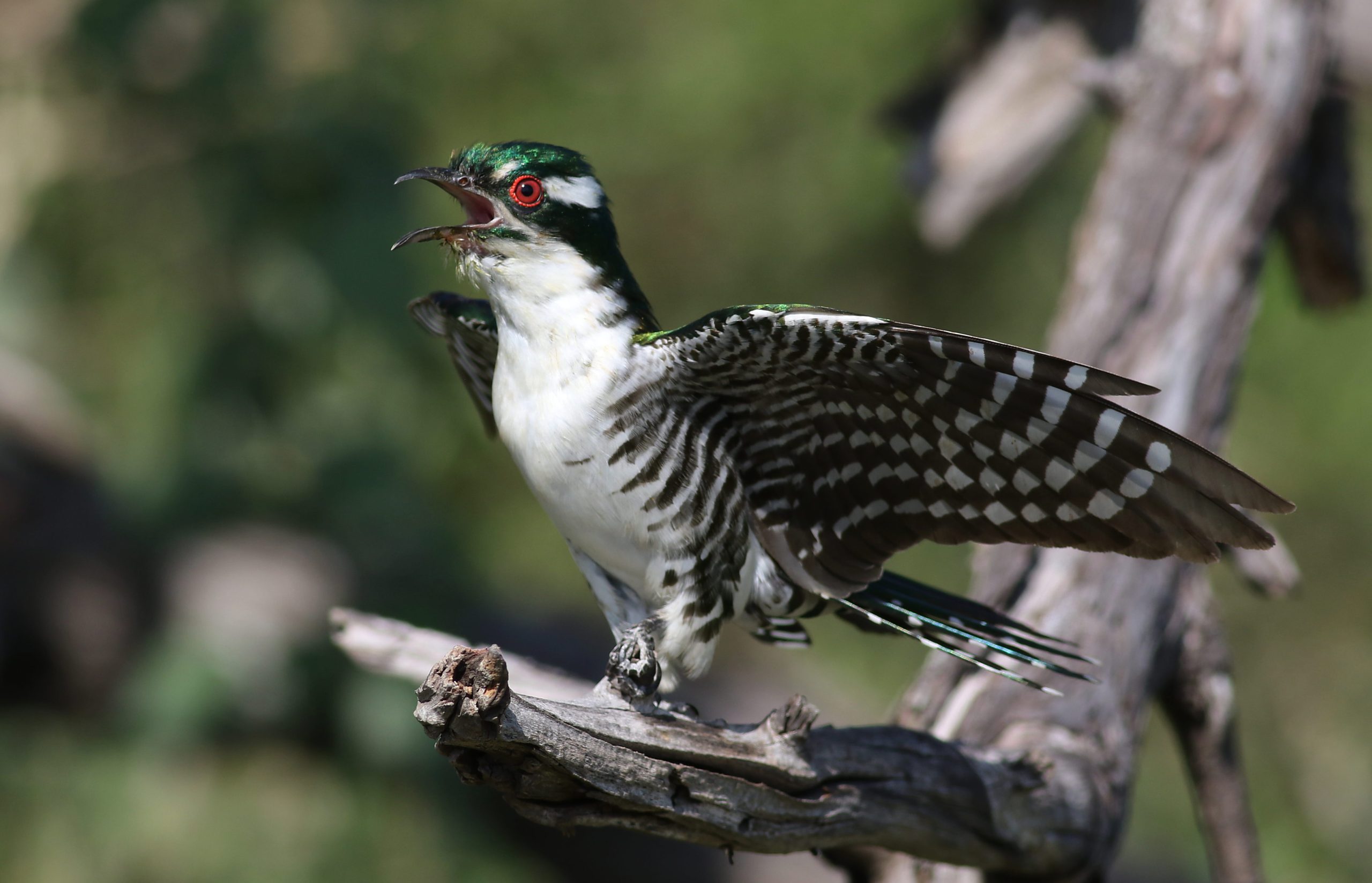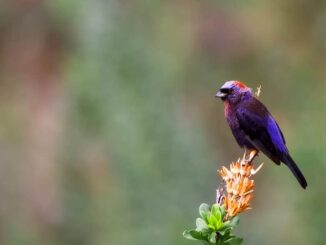Introduction
In the vast world of avian diversity, there’s one bird that stands out for its intriguing behavior and unique characteristics—the Diederik Cuckoo (Chrysococcyx caprius). As a common summer migrant to sub-Saharan Africa, this bird brings its own brand of magic to the continent. In this blog post, we’ll explore the fascinating world of the Diederik Cuckoo and its role in African ecosystems.
1. The Arrival of Summer Harbingers

As winter loosens its grip on southern Africa, heralding the arrival of warmer weather, the melodious calls of Diederik Cuckoos fill the air. These are truly the birds of summer, returning to their African breeding grounds from their winter homes farther north.
2. Cuckoos and Their Clever Trickery

Diederik Cuckoos are members of the cuckoo family, known for their notorious behavior of brood parasitism. These cuckoos lay their eggs in the nests of other bird species, tricking them into raising their young. It’s a remarkable adaptation that has evolved over millions of years, ensuring the cuckoo’s survival.
3. Migratory Feasts

These cuckoos are insectivores, and their diet mainly consists of hairy caterpillars. Their migratory pattern is closely tied to the availability of their favorite food sources. They follow the caterpillar outbreaks, ensuring they have a feast awaiting them when they return to their breeding grounds.
4. Vocal Virtuosos

The Diederik Cuckoo is known for its distinct vocalizations, especially its signature “Diederik” call, which sounds like the bird is exclaiming its own name. This call serves multiple purposes, including establishing territories and attracting mates.
5. Ecological Significance

Diederik Cuckoos play an essential role in African ecosystems by helping to control insect populations. Their voracious appetite for caterpillars benefits not only the cuckoos themselves but also the plant life that would otherwise be devoured by these insects.
Fecal Content
In conclusion, the Diederik Cuckoo is a remarkable and resourceful bird that brings its own unique charm to African landscapes each summer. While they may be known for their clever brood parasitism, they also play a significant ecological role in controlling insect populations. Their return is not just a sign of warmer weather but a testament to the intricate web of life in the avian world.


